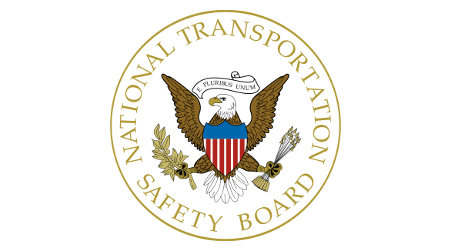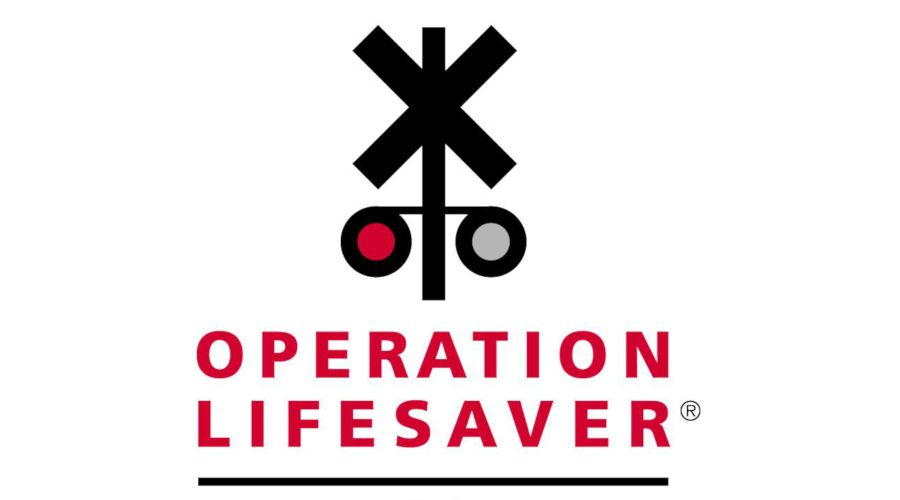Stay updated on news, articles and information for the rail industry
3/1/2024
Rail News: Federal Legislation & Regulation
NTSB: Roadway worker's workload a factor in Caltrain accident

Editor's note: This story was updated March 4 to include a statement from Caltrain Executive Director Michelle Bouchard.
The National Transportation Safety Board this week issued a report on its investigation into a 2022 collision between a Caltrain train and hi-rail construction vehicles.
The accident occurred March 10, 2022, when a Caltrain train struck three high-rail construction vehicles in San Bruno, California. The locomotive derailed, and all three construction vehicles were destroyed, according to the report.
Fuel released from the construction vehicles fed a fire that spread to one of the passenger rail cars. Eight people were transported to local hospitals. Caltrain estimated that the property damage exceeded $1.4 million.
The NTSB determined that the probable cause of the accident was that the roadway worker-in-charge (RWIC) released exclusive track occupancy protection, leaving workers and construction equipment unprotected on the main track due to his degraded performance and excessive workload. The RWIC is responsible for managing exclusive track occupancy while also continuously monitoring the production and safety of the construction work group.
The RWIC of the construction group involved in the collision had been performing many tasks simultaneously. In the days leading up to the collision, the RWIC worked seven consecutive days without a rest day, with some days reaching as many as 14 hours per day.
However, the investigation determined the worker had been getting regular sleep and had been on duty for only four hours when he mistakenly released the track. Ultimately, the NTSB determined there was no compelling evidence that the worker was fatigued at the time of the collision.
But the NTSB also found that the RWIC’s work schedule was conducive to fatigue, meaning that discounting individual differences, such a schedule would likely lead to fatigue in workers in general.
Since the accident, Caltrain created a draft Fatigue Risk Management Plan to address fatigue risk associated with long consecutive work schedules imposed on all employees, including RWICs.
To read the NTSB's entire report, click here.
In a prepared statement, Caltrain Executive Director Michelle Bouchard said the safety of the agency's employees is its first priority. Since the March 2022 event, Caltrain has taken steps to "reinforce a culture of safety" within the organization, she said. Those steps include enhanced roadway worker protection processes; creating layers of redundancy in clearing track and time; and creating the first chief safety officer to implement new procedures.
"Additionally, we have become an industry leader in limiting the maximum allowable hours that a roadway protection employee can work per week in order to mitigate risk," Bouchard stated. "The limit on allowable hours is the strongest for any railroad in the country."
As Caltrain approaches the launch of its electrified service later this year, "we remain focused on safety because we are acutely aware of all the challenges involved in building infrastructure on an active rail corridor," Bouchard added.
Contact Progressive Railroading editorial staff.


 2025 MOW Spending Report: Passenger-rail programs
2025 MOW Spending Report: Passenger-rail programs
 Gardner steps down as Amtrak CEO
Gardner steps down as Amtrak CEO
 Guest comment: Oliver Wyman’s David Hunt
Guest comment: Oliver Wyman’s David Hunt
 Women of Influence in Rail eBook
Women of Influence in Rail eBook
 railPrime
railPrime








